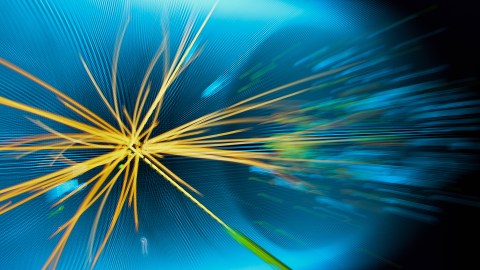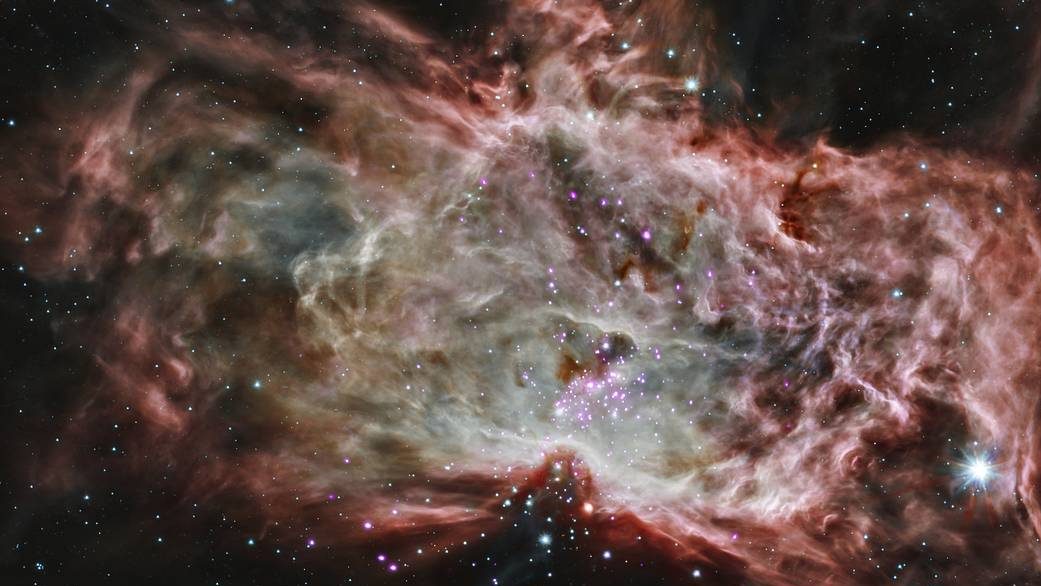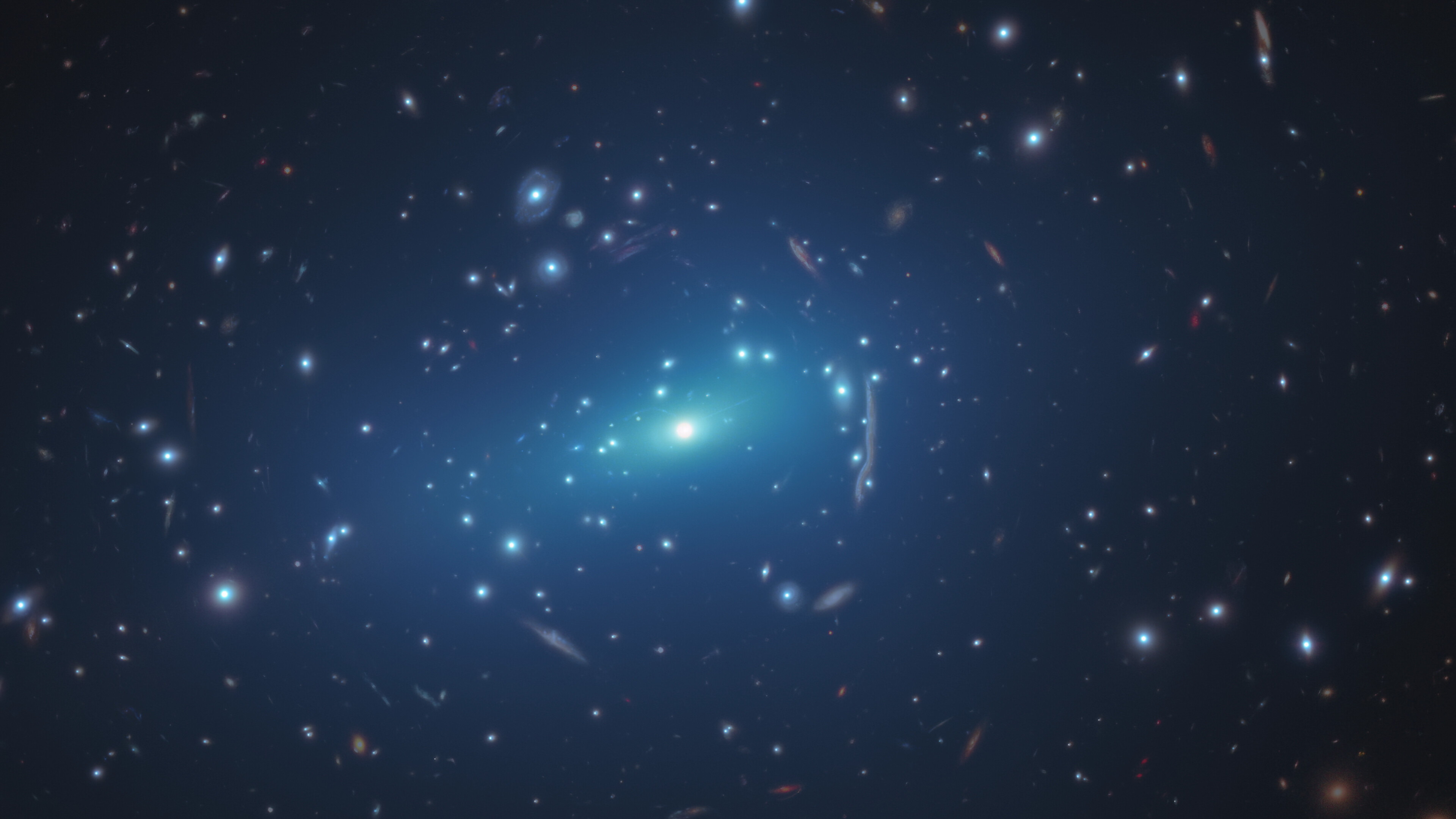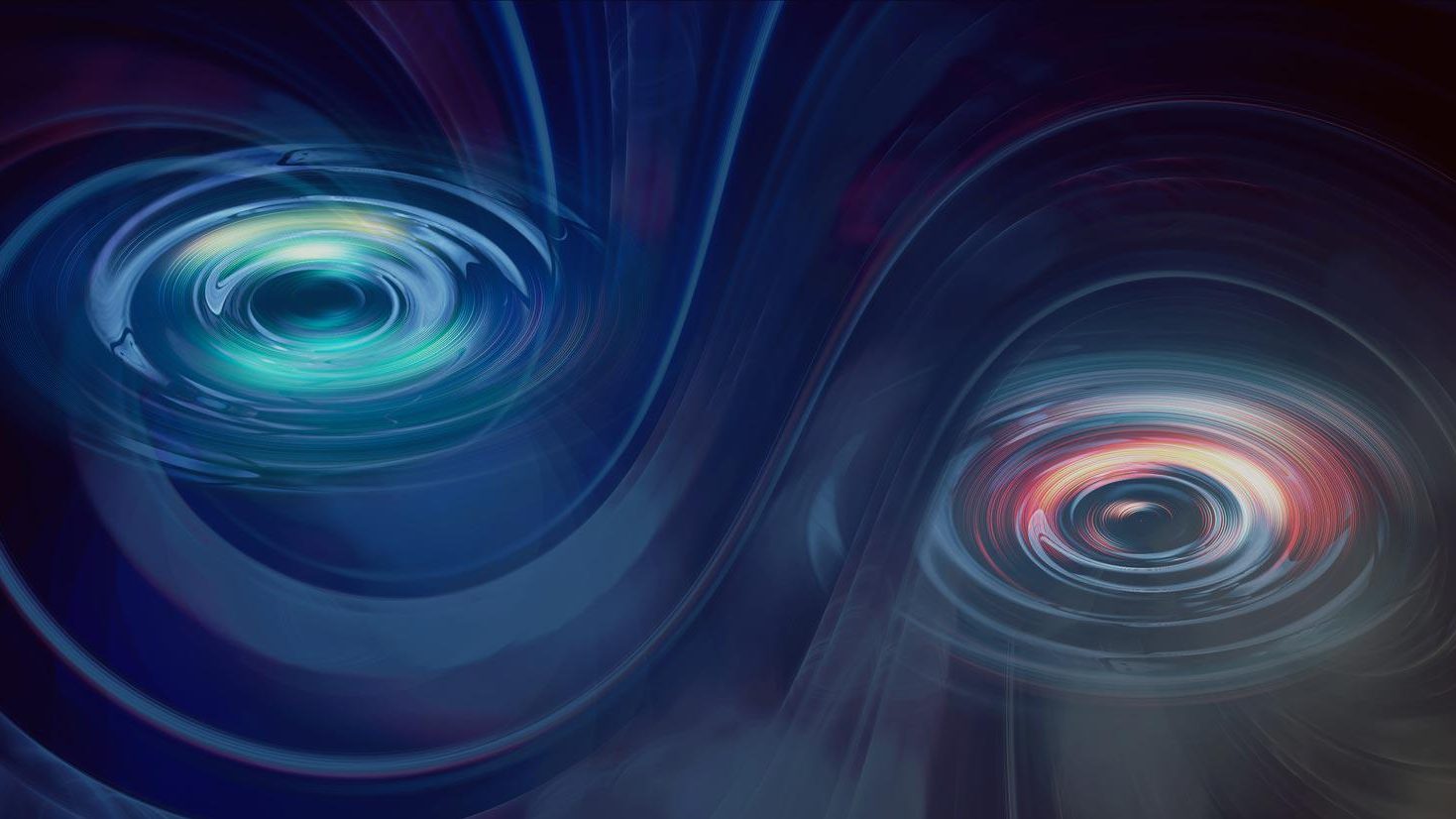Scientists Possibly Find “Revolutionary” Fifth Force of Nature

Physicists appear to be on the verge of a tremendous discovery. While examining an anomaly reported by a 2015 study on dark matter, a research team believes it might have discovered the fifth force of nature.
University of California, Irvine (UCI) researchers came to this possibility while analyzing a previous study by experimental nuclear physicists from the Hungarian Academy of Sciences. The Hungarians were looking for “dark photons”, particles that would indicate the presence of unseen dark matter, which is proposed to make up around 85% of the universe’s mass.
UCI researchers focused on a radioactive delay anomaly found by the Hungarians which showed the existence of a new particle, only 30 times heavier than an electron.
The Hungarians thought they found a dark photon. The UCI team disproved that the experimentalists found a dark photon and proposed its own theory that this anomaly actually pointed to the existence of a fifth fundamental force and the particle may actually be a “protophobic X boson.”
As per the Standard Model of Physics, each of the four fundamental forces has a boson to go with it – the strong force has gluons, the electromagnetic force is carried by particles of light, or photons, and the weak force is carried by W and Z bosons. The new boson proposed by the UCI researchers is unlike others and as such may point to a new force. The new boson has the intriguing characteristic of interacting only with electrons and neutrons at short distances, while electromagnetic forces normally act on protons and electrons.
The paper’s co-author, physics and astronomy professor Timothy Tait, explained:
“There’s no other boson that we’ve observed that has this same characteristic. Sometimes we also just call it the ‘X boson,’ where ‘X’ means unknown.”
Jonathan Feng, the lead researcher of the team of theoretical physicists, is excited about where this hypothesis could lead, saying:
“If true, it’s revolutionary. For decades, we’ve known of four fundamental forces: gravitation, electromagnetism, and the strong and weak nuclear forces. If confirmed by further experiments, this discovery of a possible fifth force would completely change our understanding of the universe, with consequences for the unification of forces and dark matter.”
Indeed, according to Feng, the new force could be a unifying force, joining electromagnetic, strong and weak nuclear forces as “manifestations of one grander, more fundamental force.”
Alternatively, the new force could be part of a separate, dark sector.
“It’s possible that these two sectors talk to each other and interact with one another through somewhat veiled but fundamental interactions,” said Feng. “This dark sector force may manifest itself as this photophobic force we’re seeing as a result of the Hungarian experiment. In a broader sense, it fits in with our original research to understand the nature of dark matter.”
Possibly not aware that he claims to have found the dark side of the Force (as in Star Wars lore), the potential Sith Lord Feng emphasized that further research is necessary. He pointed out that now that they found where to look for the mysterious particle, and considering its light weight, other experimental scientists would be able to build on their results.
If the analysis by the UCI scientists is correct and this really is an unexpected force-carrying boson, the ensuing discoveries are sure to help complete our understanding of how nature works. There are some detractors, however, who take issue with the underlying experiments by the Hungarian team, not trusting their results.
A number of experiments are getting underway that will test whether the Hungarians and the conclusions by Feng are correct. Work that should shed light on the matter is being undertaken as part of MIT’s DarkLight experiment at the Jefferson Laboratory that’s designed to search for dark photons, the LHCb experiment at CERN that studies quark–antiquark decays, the 2018 positron experiment by the INFN Frascati National Laboratory near Rome, and another positron experiment by the Siberia-located Budker Institute of Nuclear Physics in Novosibirsk, Russia.
Read the new paper by Feng and his colleagues here.





